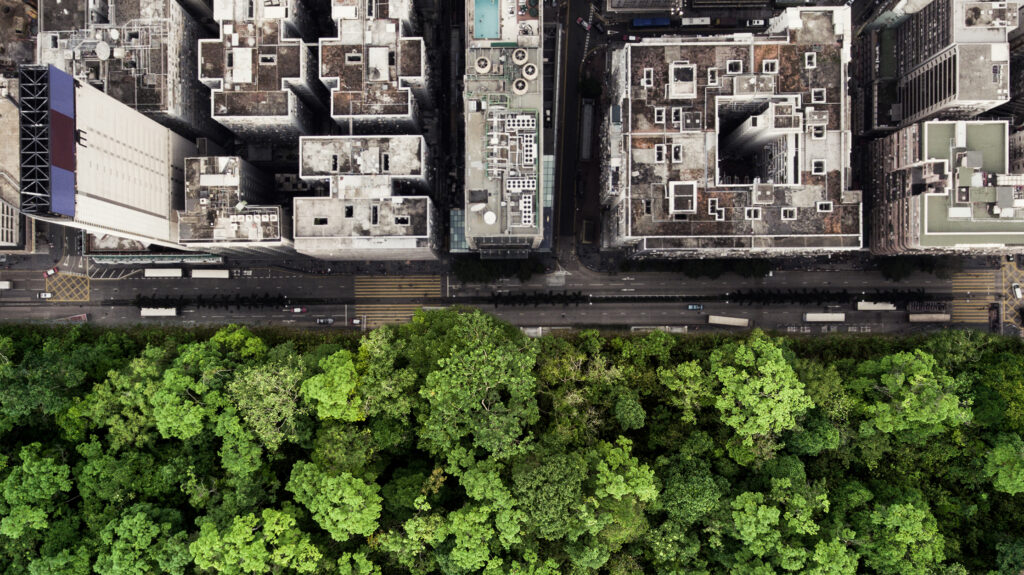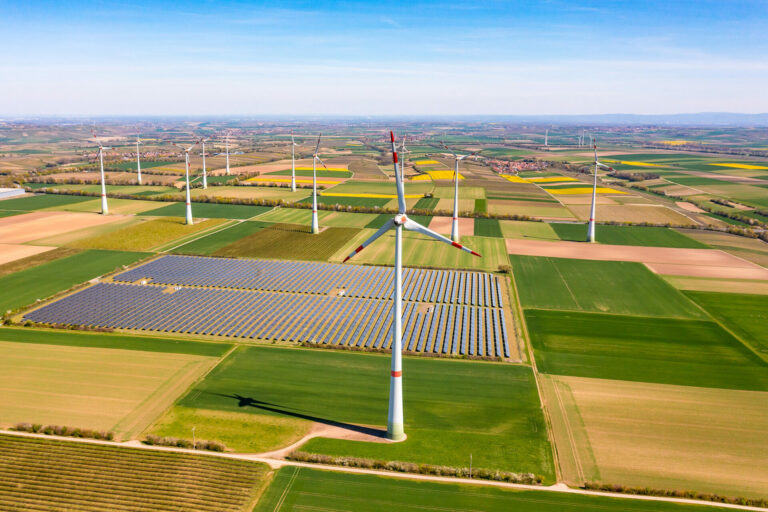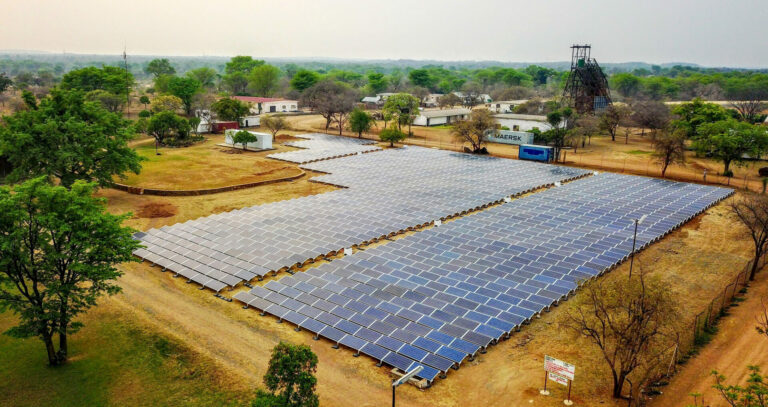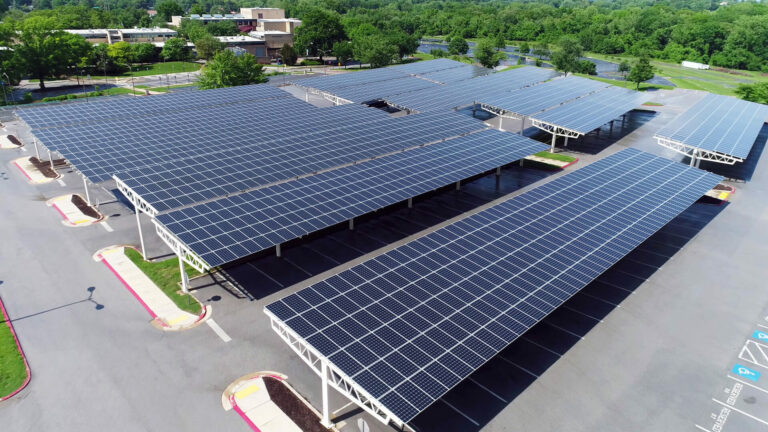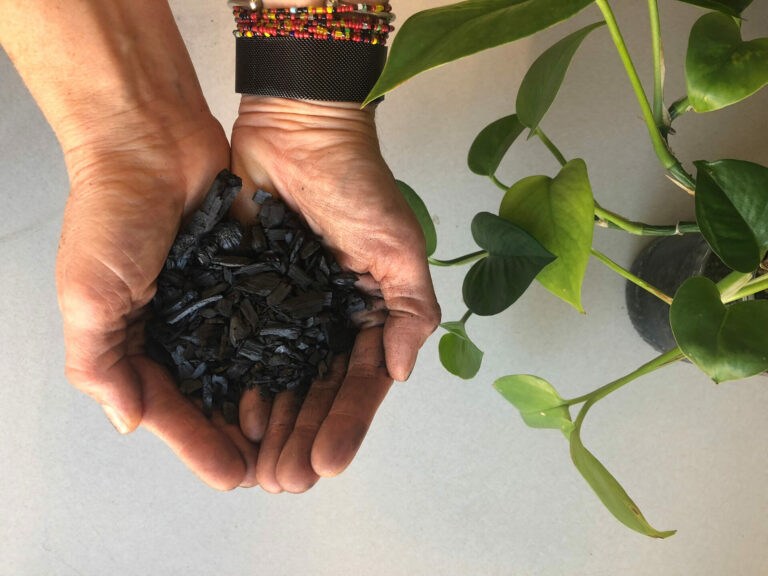Change takes time. Not only that, it needs a delicate balance of innovation, hard work and luck. However, the unfortunate truth is that with matters related to the climate, time is in very short supply. As global leaders try to adapt and manage the increasing effects of climate change, problems are continuing to grow. As a planet, our responses are much too slow and because of this, it seems as though innovation is almost obsolete before it has reached the market. Targets are repeatedly being set at meetings of the global elite and, disappointingly, they continue to be missed. When well-meaning ideas are not capable of making the required levels of change, we find ourselves back to square one. Despite this, and rather encouragingly, people have not yet given up hope. Ideas are being formed, both big and small. While we are reaching the point where a magic bullet may be required, each small step is an essential rung on the ladder nonetheless.
These tiny victories come in all shapes and sizes; from bioconstruction to smart homes, recycling construction material to green roofs. While the Bureau of Street Services in Los Angeles may not stop climate change all by itself, it has developed a strikingly innovative method for cooling the local area, thus lowering the power needs in one of the hottest areas in North America. While it has been a well-known strategy, and something that both New York City and Greek islands have in common, to paint walls and roofs white as a means of cooling a heavily built up area, the LA Bureau has developed a novel method. By painting a specially designed, reflective coating on the pavement, the area has seen a noticeable heat reduction that has even been visible on thermal cameras from the International Space Station. Given that Los Angeles is one of the hottest areas in the U.S., coupled with the fact that built up, urban areas can be, on average, 20 degrees Fahrenheit hotter, this is a genuine health project with real world benefits. A recent UCLA study has shown that high temperatures already cause about 15,000 injuries per year in California. By reflecting the heat, thus cooling the neighbourhood, summer might just be a little bit safer for L.A. residents.

This innovative idea, while beneficial to an extent, is costly and will do very little in the fight against climate change. What is needed, in addition to bespoke projects, are headline events; game changers. One such thing may just have arrived in time. As far back as 2005, the Intergovernmental Panel on Climate Change (IPCC) conducted research into the possibility and potential of capturing carbon from the atmosphere. According to the IPCC, “the potential of CO2 capture and storage is considerable, and the costs for mitigating climate change can be decreased compared to strategies where only other climate change mitigation options are considered. The importance of future capture and storage of CO2 for mitigating climate change will depend on a number of factors, including financial incentives provided for deployment, and whether the risks of storage can be successfully managed.” Following on from the report, it seems as though the financial implications and storage issues may have been answered.
Klaus Lackner is the director of the Center of Negative Carbon Emissions (CNCE) and a professor in the School of Sustainable Emissions at Arizona State University. For decades, Lackner has been building up a body of work that seeks to reverse carbon emissions and give the environment a fighting chance against climate change. Along with much of his work to date, Lackner has teamed up with a Dublin based company, Carbon Collect Ltd, as their scientific advisor. The work that the two are currently putting together is truly ground-breaking and may yet be a genuine solution to addressing the ever-growing challenges. “The situation has gotten to the point where we need to stop talking about it and start doing something about it,” said Lackner. “Carbon dioxide is a waste product we produce every time we drive our cars or turn on the lights in our homes. Our device can recycle it, bringing it out of the atmosphere and either bury it or use it as an industrial gas.” The device he is referring to are called Mechanical Trees.
“The situation has gotten to the point where we need to stop talking about it and start doing something about it,” said Lackner.
Mechanical Trees are, as the name suggests, a passive structure designed to remove carbon from the atmosphere. Unlike other carbon removal technologies, Mechanical Trees are completely passive, meaning that they do not rely on energy intensive devices to suck the carbon from the air. Instead, these trees use natural wind to blow air through the system. According to Carbon Collect “This makes it a passive, relatively low-cost and scalable solution that is commercially viable. If deployed at scale, the technology could lead to significant reductions in the levels of CO2 in Earth’s atmosphere, helping to combat global warming.” What is truly astounding about this technology is that, while it works in a similar manner to real trees, it is a thousand times more efficient at removing CO2 from the air. Additionally, the captured gas is sequestered or sold for re-use across a range of industries, from fuel to agriculture.
The technology behind Mechanical Trees is equally fascinating. According to the company, “It is a novel geometry which is agnostic to the wind direction. Each one contains a stack of sorbent filled disks. When the tree-like column is fully extended and the disks spread apart, air flow makes contact with the surfaces and the CO2 gets bound up. During regeneration, the disks are lowered inside the bottom container. Inside the chamber, the CO2is released from the sorbent. The released gas is then collected, purified, processed and put to other uses, while the disks are redeployed to capture more CO2.” The benefits of these trees is equally impressive, with one cluster of 12 trees able to remove 1 metric ton of CO2 per day. As the echoes of the COP26 climate change conference ripple through the industry and companies attempt to align themselves with the latest targets, the pressure must surely now be on to ramp up production of this exciting technology and put this innovation to good use.
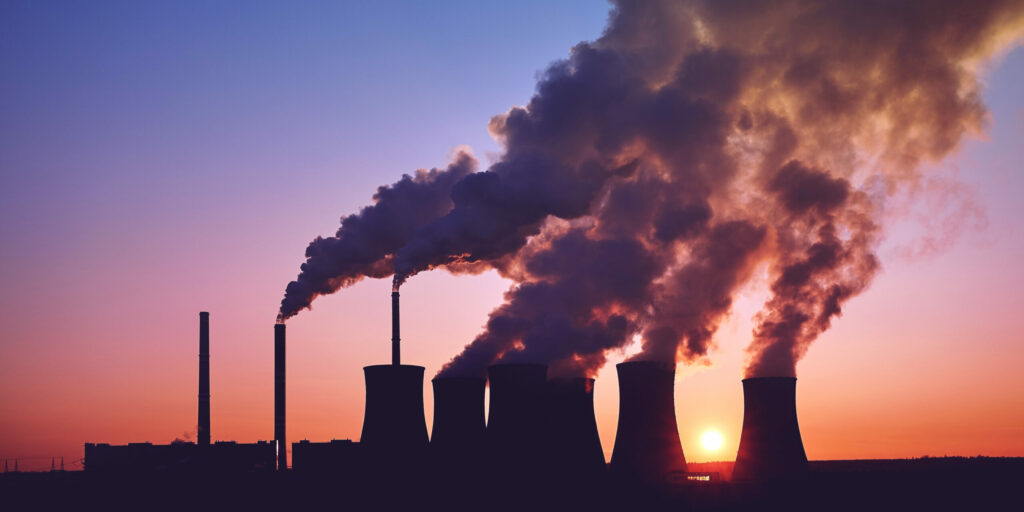
Experts agree that there is no single solution to reversing the effects of climate change. In fact, the opposite is true; success hinges on the world’s ability to act collectively. Despite this, it is still essential that technology capable of removing potentially enormous amounts of carbon is welcomed and distributed as widely as possible. For Klaus Lackner and those at Carbon Collect, the mission is both simple and extraordinarily complex; use their product to reverse climate change. “Our goal is to accelerate the global climate effort set out in the Paris Agreement to contribute to reversing global carbon emissions in the next 10 to 15 years,” said Pól Ó Móráin, CEO of Carbon Collect. “Our passive process is the evolution of carbon capture technology.”









